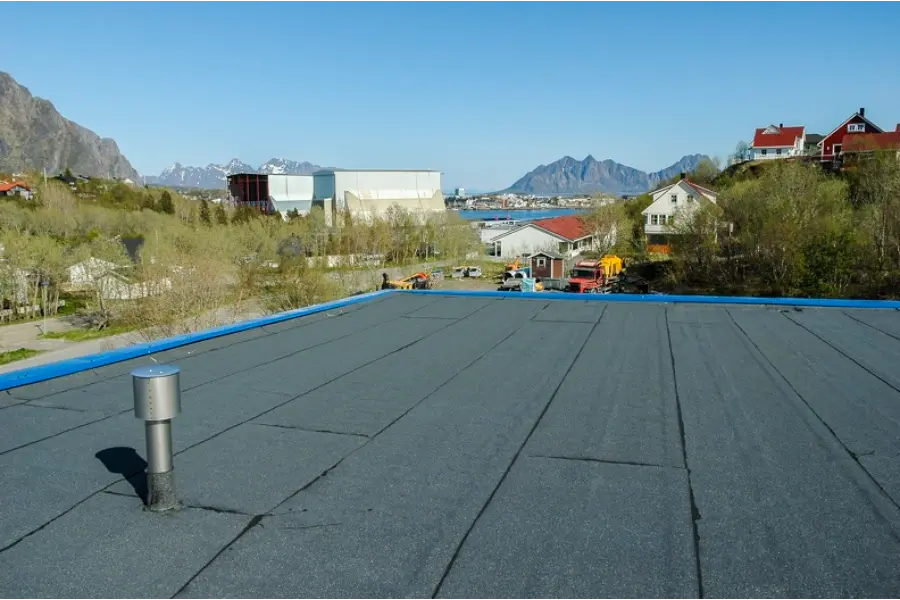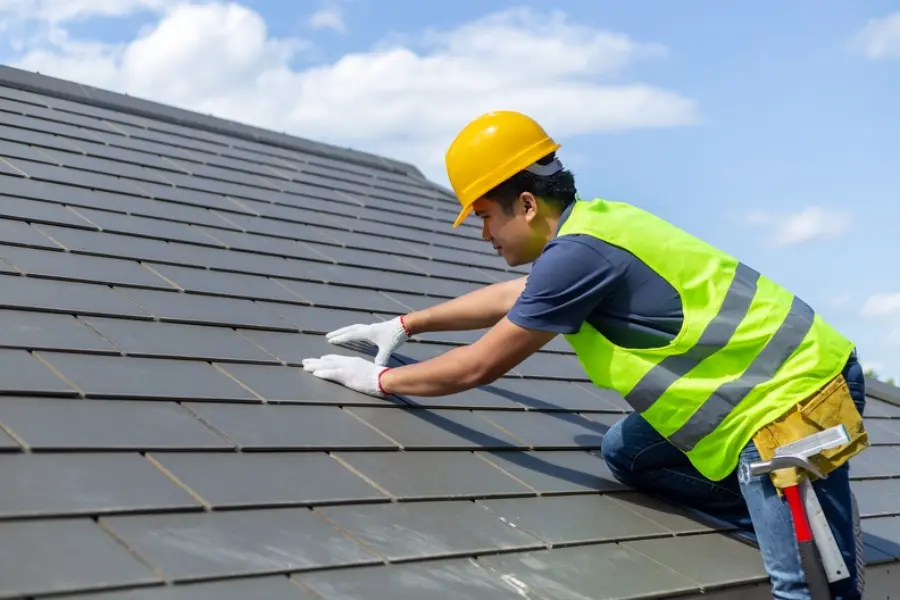Recognizing Warning Signs Before Damage Escalates
Your roof protects your home from harsh weather. Over time, it can show signs of wear that need attention. Ignoring these signs could lead to costly repairs or replacements. This guide will help you identify common signs of wear in your roof and advise on when action is necessary.
Understanding Granule Loss
One common sign of aging is the loss of granules on asphalt roofing. This usually happens after heavy storms or due to natural wear. Granules protect shingles from the sun, so their absence can speed up deterioration. If you notice piles of granules in your gutters or around your house, it’s time to consider a roof inspection.
Spotting Curling Shingles
Curling shingles are another indicator of an issue with your asphalt roofing. When shingles start to curl at the edges, they can no longer effectively shield your home from rain. Moisture can then seep underneath, potentially causing leaks and water damage inside your home. Quick action here can prevent further issues.
Detecting Cracks and Splits
Cracks in shingles often appear as your roof ages. Asphalt roofing is designed to expand and contract with temperature changes, but over time this flexibility decreases. Cracked shingles expose the layers beneath to elements like rainwater and sunlight, which can cause extensive internal damage if not addressed swiftly.
Identifying Bald Spots
Bald spots refer to missing sections of granules on individual shingles. These are more serious than general granule loss since they indicate worn-out shingles. The lifespan of your roof significantly shortens when bald spots are prevalent because exposed areas are vulnerable to the sun’s rays and severe weather conditions.
Checking for Moss Growth
Moss may look harmless, but it poses a threat to your roof’s integrity. It traps moisture against the surface, promoting rot and decay beneath. Regular cleaning is crucial if moss starts growing on your roof. Use gentle methods to avoid damaging the shingles further.
- Moss growth can accelerate shingle decay
- Requires regular maintenance and gentle cleaning techniques
- Avoid pressure washing as it can strip away protective granules
Examining Worn Flashing
Flashing guards the seams where your roof meets walls or chimneys. It’s typically made of metal, providing a waterproof barrier. Over time, flashing can corrode or become dislodged during storms, leading to leaks. Inspect these areas regularly and repair or replace any damaged flashing promptly.
Why Prompt Action Matters
Addressing wear as soon as it becomes noticeable prevents minor problems from becoming major expenses. A small leak can quickly escalate into significant water damage, affecting both your home’s interior and structure. Timely inspections and maintenance ensure long-term savings and peace of mind.
Preventive Maintenance Tips
Regular upkeep extends your roof’s life and efficiency:
- Inspect bi-annually or after major storms for early detection of issues
- Clean gutters to prevent water build-up and ice dams in colder climates
- Trim overhanging branches to reduce debris accumulation on the roof
- Consider professional assessments every few years for expert advice
Budgeting for Repairs and Replacements
The cost of repairs varies based on severity, materials needed, and labor required. While investing in quality repairs seems daunting upfront, it prevents extensive damage costs later. Weigh options carefully-sometimes a full replacement offers better long-term value than frequent patchwork fixes.
Take Charge of Your Roof’s Health Today
If you’ve noticed any of these signs, don’t delay action. Based in Topeka, KS, our team at Central Roofing specializes in comprehensive roofing services tailored to your needs. Contact us at (785) 806-2560 for an inspection and keep your home safe year-round.


